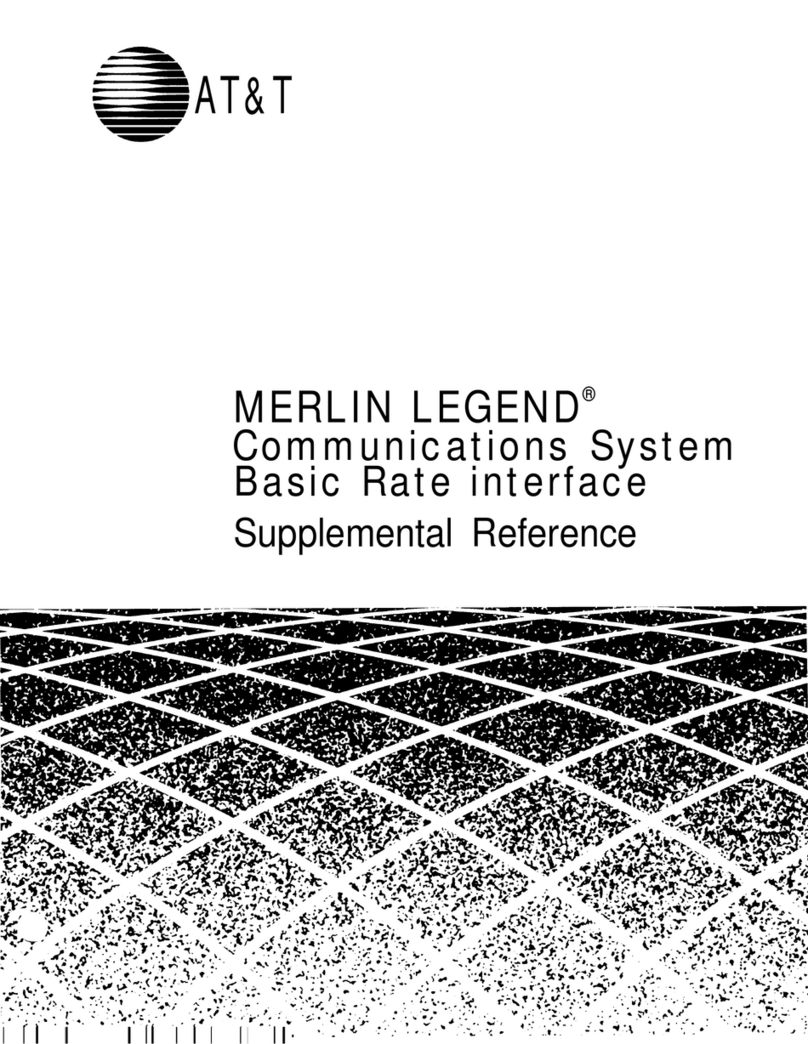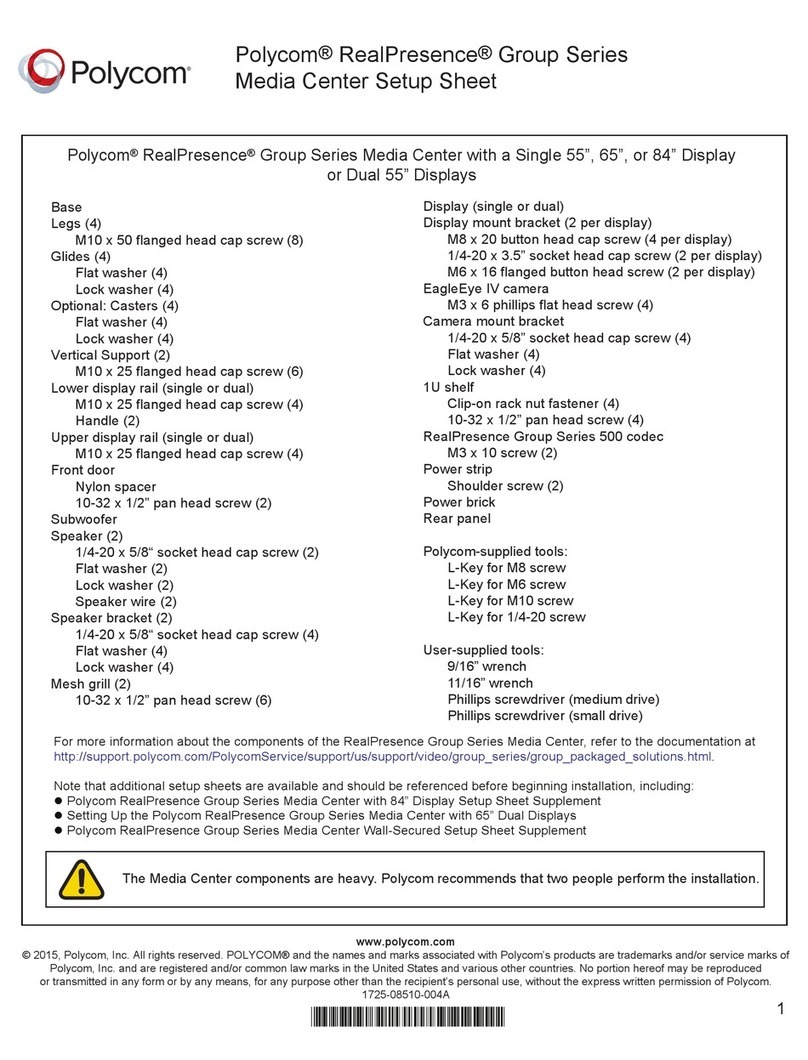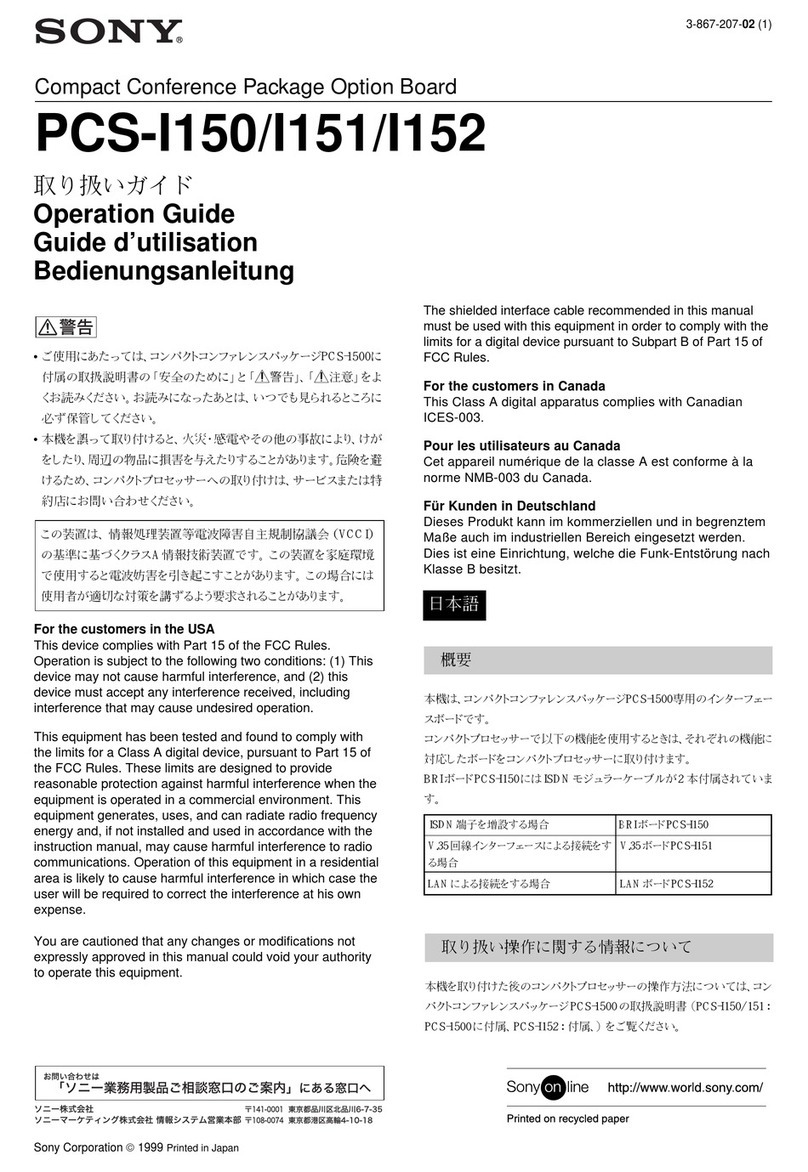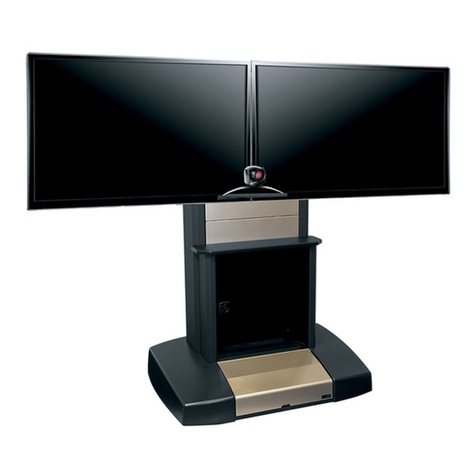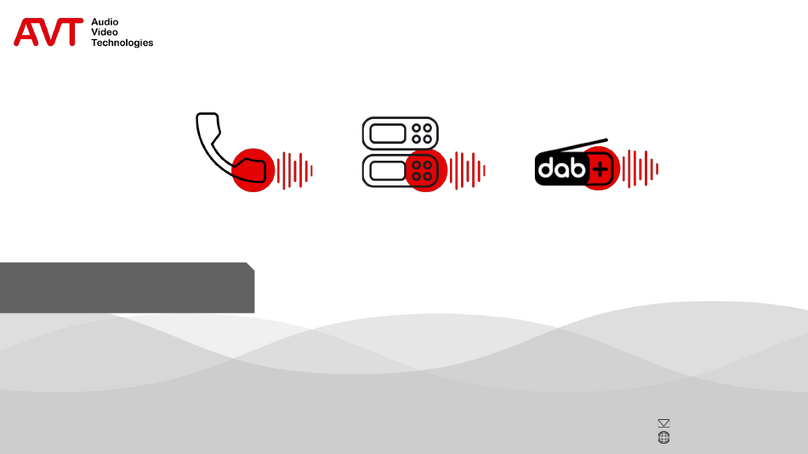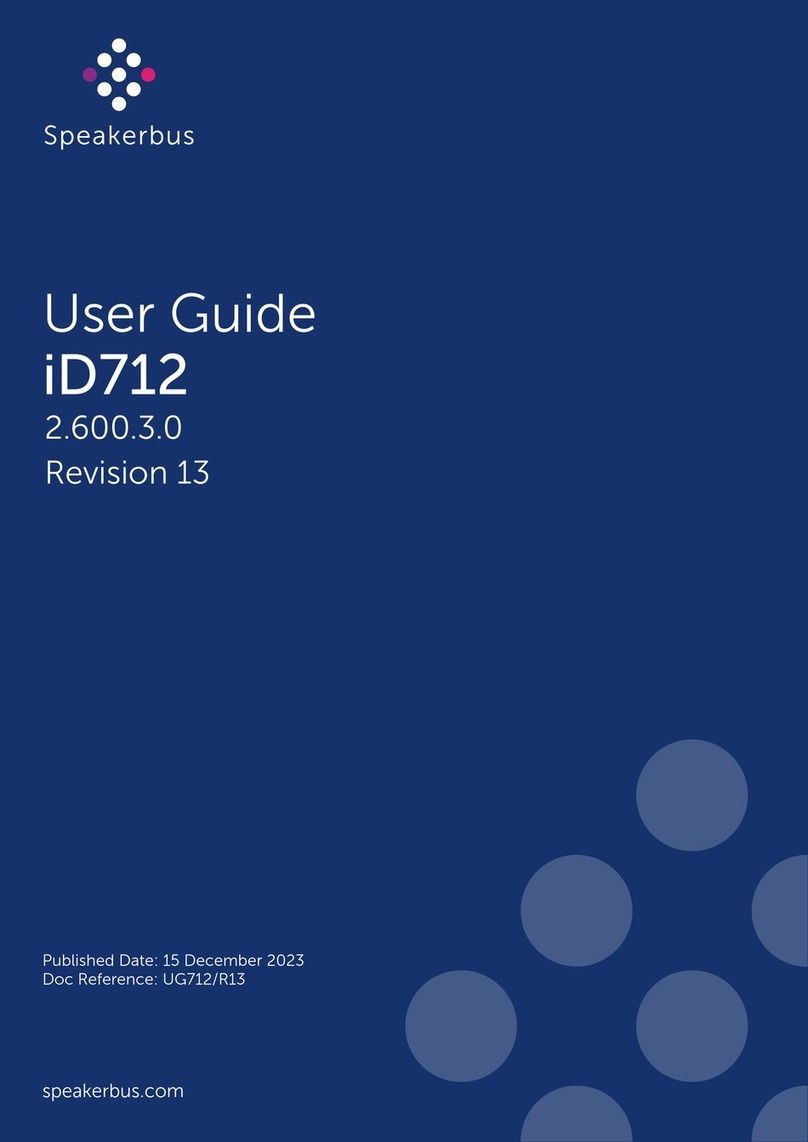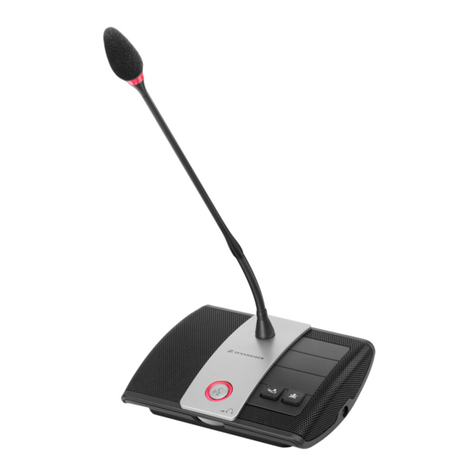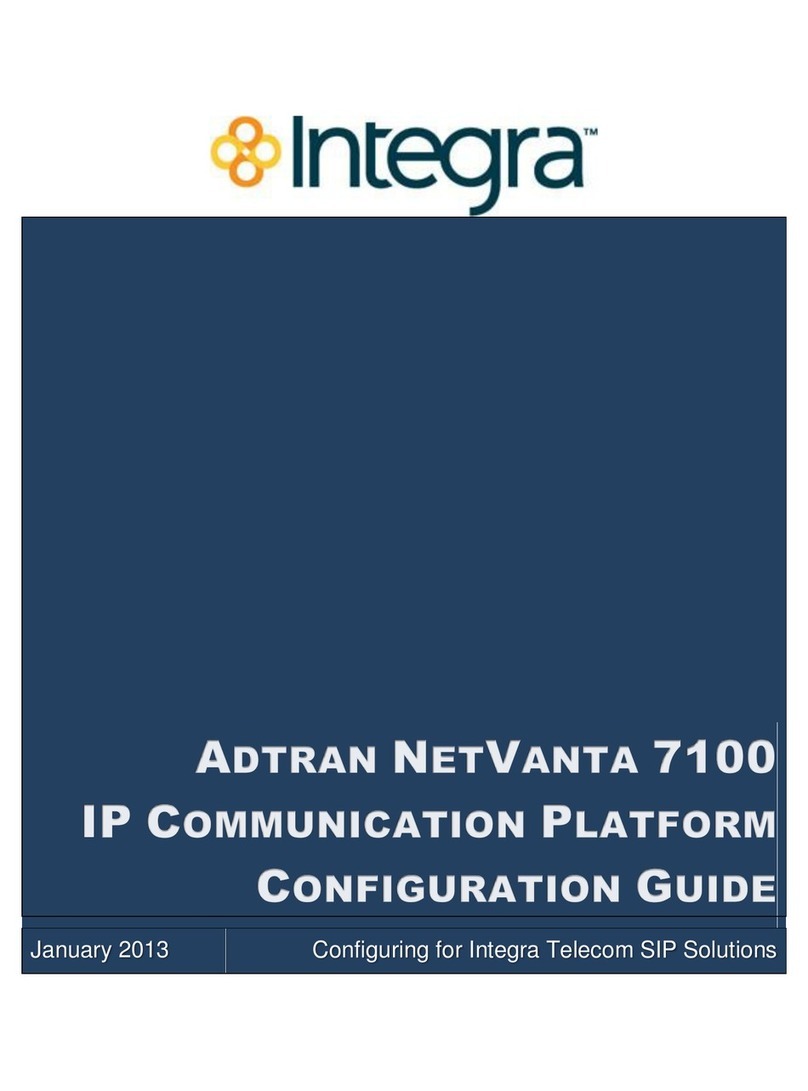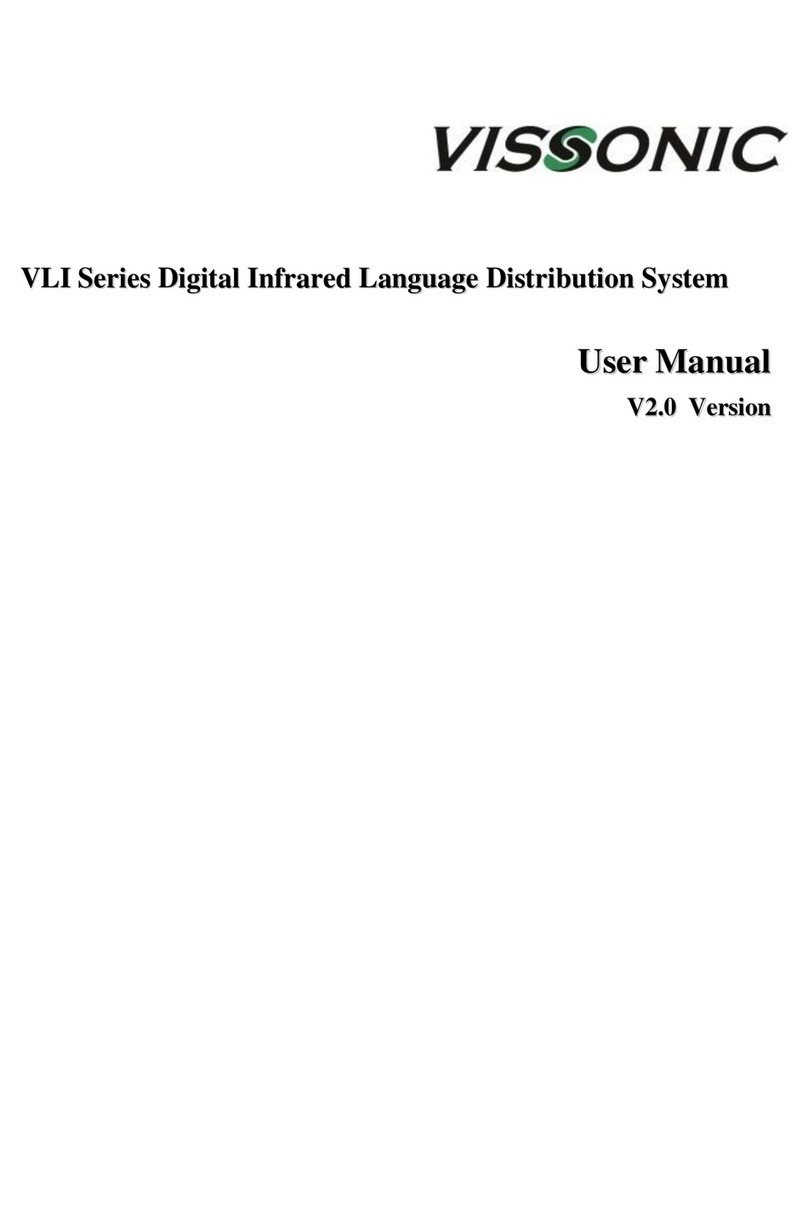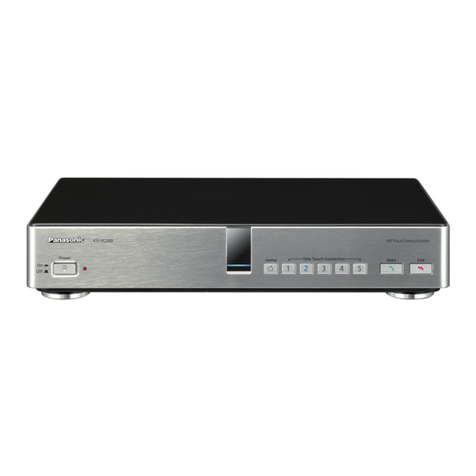
MFJ-7000 EmComm Emergency Communications System Instruction Manual
2011 MFJ Enterprises, Inc.
parallel and reasonably close to the wire that connects the tuner to the outdoor ground. The
antenna feed wire should be adequately insulated to prevent arcing or accidental contact.
For safety, please use good DC and RF grounds. It is particularly important to have a good RF
ground when using a single wire feeder. When using a single wire feeder, the tuner needs
something to "push" against in order to force current into the single wire feedline. If a good RF
ground is not available, RF will usually find its way back into the power line (RFI), transmitter
audio circuits (RF feedback), or the operator (RF burns).
Metal water pipes and ground rods provide good DC and AC safety grounds, but they are often
inadequate for RF grounding. Ground rods by themselves are almost useless for dependable RF
grounding.
RF grounds work much better when "spread out" over a large area, especially when they employ
multiple connections directly to the equipment ground point. Metal water pipes, heating ducts,
and fences may work (especially if they are connected together with multiple wires), but the best
RF grounds are radial systems or multi-wire counterpoises. Radials and counterpoises provide
large, low resistance surfaces for RF energy.
RF and lightning travel on the surface of conductors. Braided or woven conductors have high
surface resistance to lightning and RF. Ground leads for RF and lightning should have wide
smooth surfaces. Avoid the use of woven or braided conductors in RF and lightning grounds
unless the lead needs to be flexible.
Antenna System Hints
Location
For the best performance, an end-fed longwire wire antenna should be at least one
quarter-wavelength long at the operating frequency. Horizontal dipole antennas should
be at least a half-wavelength long and located as high and clear as possible. While good
RF grounds help the signal in almost any transmitting installation, it is extremely
important to have good RF grounds with long wire or other Marconi-style antennas.
Matching Problems
Most matching problems occur when the antenna system presents an extremely high
impedance to the tuner. When the antenna impedance is much lower than the feedline
impedance, an odd quarter-wavelength feedline converts the low antenna impedance to a
very high impedance at the tuner. A similar problem occurs if the antenna has an
extremely high impedance and the transmission line is a multiple of a half-wavelength.
The half-wavelength line repeats the very high antenna impedance at the tuner. Incorrect
feedline and antenna lengths can make an otherwise perfect antenna system very difficult
or impossible to tune.
One example where this problem occurs is on 80 meters when an odd quarter-wave (60 to
70 feet) open wire line is used to feed a half-wave (100 to 140 feet) dipole. The odd
quarter-wave line transforms the dipole's low impedance to over three thousand ohms at



